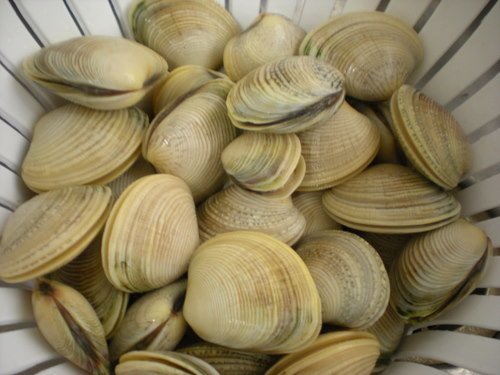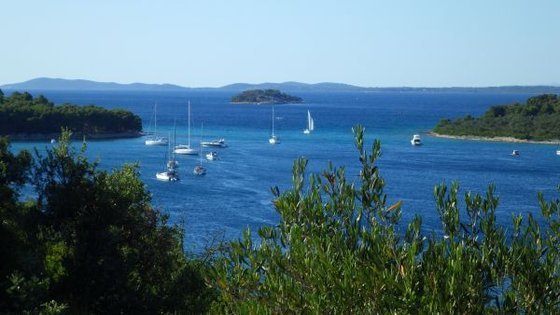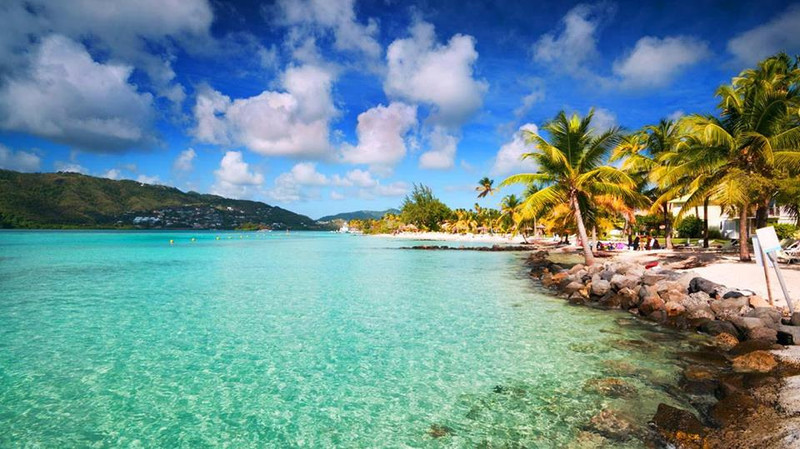Az Adriát ismerem legjobban a világ tengerei és óceánjai közül és ismét néhány tippem, amit nyugodt szívvel tudok ajánlani...
1. Horgonyzóhely közel Sukosanhoz / Biogradhoz: Iz sziget és Knezak sziget közötti csatornában csupán 4 méter a mélység és kristálytiszta a víz tökéletes úszásra és sznorkerezésre. Nagyon kellemes horgonyzóhely! Amúgy itt lehet szedni 'vongole clams' kagylót is (nincs magyar neve). Itt lehet bójára is állni, amit a közeli Knez étterem üzemeltet (ajánlott étterem mellesleg). Az étteremnél ki lehet kötni és ha ott vacsorázunk ingyenes a kikötés természetesen (víz és áram is van). A 'vongole clams' kagylót érdemes spagettisen elkészíteni (a neten sok recept fent van!). Reggel a helyi haláhttp://oceansailing.blog.hu/admin/post/edit/8088660szoktól tudunk venni friss halat is akár!


2. Dugi Otok, Pantera öböl: Itt található egy hajóroncs (1984), ami részben kiáll a vízből is. A közeli Veli Rat-i világítótorony a legmagasabb az Adrián, 42m magas! Pantera öböl déli részén van a Veli Rat-i marina (zuhanyzó, WC) és a Cuna öböl, ahol a DM étterem található. A DM étteremnél ki is köthetünk akár (2,5méter a mélység a mólónál), illetve van 2-3 bójája is az étteremnek, amit az étterem vendégei használhatnak is akár! DM étterem két specialitása: 'sea urchin cake' és a 'lobster noodles'. Pantera egy fantasztikus öböl egyébként, ahol horgonyozni is tudunk a kristálytiszta vízben 5-10 méteren.
3. Rövid napközben horgonyzóhely: Tovarnjak (türkizkék tenger és 7méteren lehet horgonyozni).
4. Két nagy kedvencem a közelben: Silba szigete és Olib szigete. Silba szigeten Silba falunak van egy kis kikötője, ha tele van, akkor lehet a falu előtt bójára állni. Sv. Ante öbölben lehet akár horgonyozni is, ahonnan 2km kellemes séta a falu. Naplemente csodálatos a sziget nyugati oldalán! Silba szigeten több a turista, mint Olib szigeten, mert több az étterem és a látnivaló, de bóra esetén Olib sziget jóval védettebb és ajánlottabb! Olibon Juzna Slatina öbölben vagy Sv. Nikola öbölben is lehet horgonyozni. Emellett Olib falunál kb. 10 hajó ki is tud kötni (van víz és áram is).
Az Ocean Sailing SE aktuális vitorlástúrái itt olvashatóak: http://oceansailing.meder.hu/turak/
Jó szelet! Méder Áron (meder.hu) és az Ocean Sailing SE csapata (oceansailing.meder.hu)

